Disease Identification Guide
Learn to identify common plant diseases, understand their symptoms, and discover effective treatment options.

Powdery Mildew
A fungal disease that appears as a white to gray powdery growth on leaf surfaces, stems, and sometimes fruit. It's one of the most common and easily recognizable plant diseases.
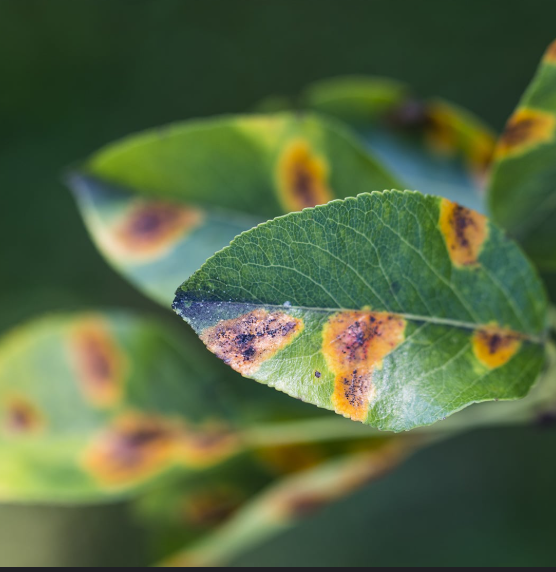
Leaf Spot
A common term for a group of diseases affecting the foliage of plants and trees. These diseases are characterized by spots on the leaves and are usually caused by fungi.
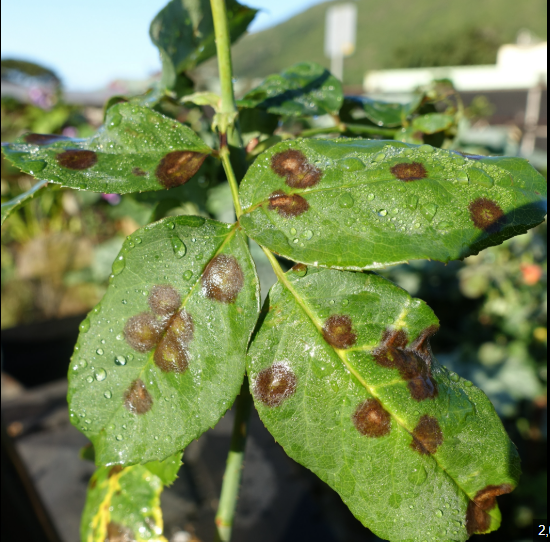
Black Spot
A fungal disease that primarily affects roses but can also impact other plants. It appears as black spots on leaves and can cause significant defoliation if left untreated.
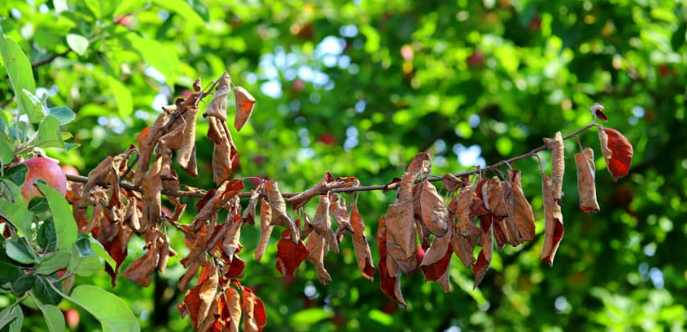
Fire Blight
A destructive bacterial disease that affects plants in the Rosaceae family, including apple, pear, and crabapple. It gets its name from the scorched appearance of infected plant tissue.
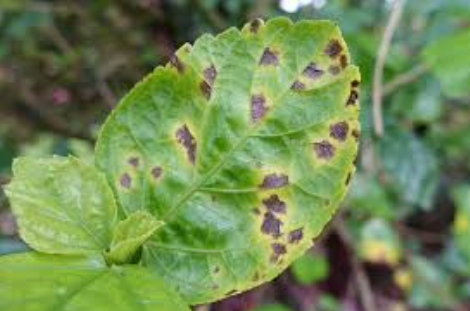
Bacterial Leaf Spot
A bacterial disease that causes spots on the foliage of plants. It can affect a wide range of plants including vegetables, fruits, and ornamentals.

Mosaic Virus
A plant virus that causes mottled and discolored plant foliage. It affects many plants including vegetables, fruits, and flowers.
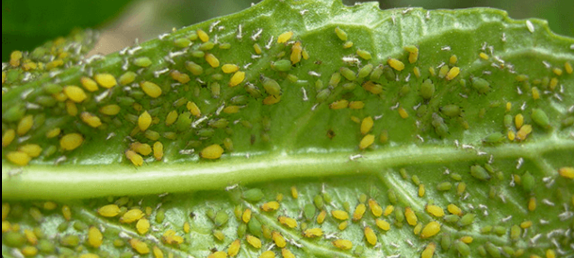
Aphids
Small sap-sucking insects that can cause significant damage to plants. They reproduce quickly and can transmit plant viruses.
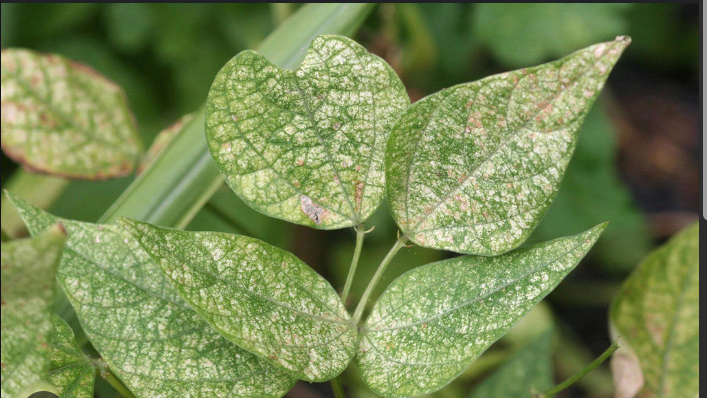
Spider Mites
Tiny arachnids that feed on plant cells, causing stippling on leaves. They thrive in hot, dry conditions and can reproduce rapidly.